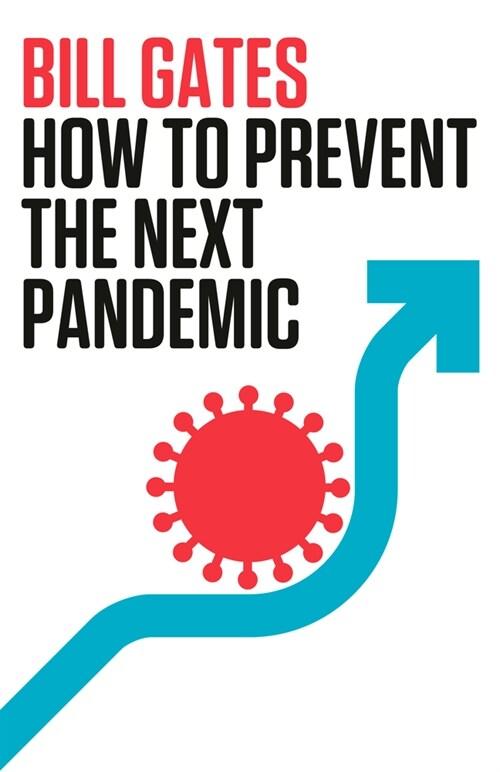책 이미지

책 정보
· 분류 : 외국도서 > 의학 > 전염병학
· ISBN : 9781444336085
· 쪽수 : 480쪽
목차
Preface to the Third Edition, xi
Preface to the First Edition, xiii
Acknowledgments, xv
1 Epidemiology Past and Present, 1
1.1 Epidemiology and its uses, 2
1.2 Evolving patterns of morbidity and mortality, 5
1.3 Selected historical figures and events, 8
1.4 Chapter summary, 30
Review questions, 31
References, 32
2 Causal Concepts, 36
2.1 Natural history of disease, 36
2.2 Variability in the expression of disease, 40
2.3 Causal models, 41
2.4 Causal inference, 48
Exercises, 58
Review questions, 61
References, 63
3 Epidemiologic Measures, 66
3.1 Measures of disease frequency, 67
3.2 Measures of association, 74
3.3 Measures of potential impact, 79
3.4 Rate adjustment, 82
Exercises, 90
Review questions, 98
References, 99
Addendum: additional mathematical details, 101
4 Descriptive Epidemiology, 104
4.1 Introduction, 104
4.2 Epidemiologic variables, 108
4.3 Ecological correlations, 116
Exercises, 121
Review questions, 123
References, 124
5 Introduction to Epidemiologic Study Design, 126
5.1 Etiologic research, 126
5.2 Ethical conduct of studies involving human subjects, 129
5.3 Selected study design elements, 130
5.4 Common types of epidemiologic studies, 137
Exercises, 138
Review questions, 140
References, 141
6 Experimental Studies, 142
6.1 Introduction, 142
6.2 Historical perspective, 144
6.3 General concepts, 146
6.4 Data analysis, 152
Exercises, 156
Review questions, 157
References, 157
7 Observational Cohort Studies, 159
7.1 Introduction, 159
7.2 Historical perspective, 161
7.3 Assembling and following a cohort, 163
7.4 Prospective, retrospective, and ambidirectional cohorts, 164
7.5 Addressing the potential for confounding, 165
7.6 Data analysis, 166
7.7 Historically important study: Wade Hampton Frost’s birth cohorts, 170
Exercises, 174
Review questions, 177
References, 177
8 Case–Control Studies, 180
8.1 Introduction, 180
8.2 Identifying cases and controls, 182
8.3 Obtaining information on exposure, 185
8.4 Data analysis, 186
8.5 Statistical justifications of case–control odds ratio as relative risks, 193
Exercises, 194
Review questions, 198
References, 199
9 Error in Epidemiologic Research, 201
9.1 Introduction, 201
9.2 Random error (imprecision), 203
9.3 Systematic error (bias), 209
Exercises, 217
Review questions, 219
References, 220
10 Screening for Disease, 222
10.1 Introduction, 223
10.2 Reliability (agreement), 224
10.3 Validity, 228
Summary, 238
Exercises, 239
Review questions, 243
References, 243
10.4 Chapter addendum (case study), 244
Further reading—screening for HIV, 248
Further reading—general concepts of screening, 248
Answers to case study: screening for antibodies to the human immunodeficiency virus, 249
11 The Infectious Disease Process, 255
11.1 The infectious disease process, 255
11.2 Herd immunity, 265
Exercises, 267
Review questions, 268
References, 270
12 Outbreak Investigation, 271
12.1 Background, 272
12.2 CDC prescribed investigatory steps, 273
Review questions, 282
References, 283
References—a drug–disease outbreak, 286
13 Confidence Intervals and p-Values, 302
13.1 Introduction, 303
13.2 Confidence intervals, 304
13.3 p-Values, 312
13.4 Minimum Bayes factors, 319
References, 322
14 Mantel–Haenszel Methods, 323
14.1 Ways to prevent confounding, 323
14.2 Simpson’s paradox, 325
14.3 Mantel–Haenszel methods for risk ratios, 325
14.4 Mantel–Haenszel methods for other measures of association, 329
Exercise, 335
References, 335
15 Statistical Interaction: Effect Measure Modification, 337
15.1 Two types of interaction, 337
15.2 Chi-square test for statistical, 340
15.3 Strategy for stratified analysis, 342
Exercises, 344
References, 345
16 Case Definitions and Disease Classification, 347
16.1 Case definitions, 347
16.2 International classification of disease, 351
16.3 Artifactual fluctuations in reported rates, 353
16.4 Summary, 354
References, 355
17 Survival Analysis, 356
17.1 Introduction, 356
17.2 Stratifying rates by follow-up time, 359
17.3 Actuarial method of survival analysis, 360
17.4 Kaplan–Meier method of survival analysis, 362
17.5 Comparing the survival experience of two groups, 364
Exercises, 369
References, 371
18 Current Life Tables, 373
18.1 Introduction, 373
18.2 Complete life table, 374
18.3 Abridged life table, 380
Exercises, 383
References, 384
19 Random Distribution of Cases in Time and Space, 385
19.1 Introduction, 385
19.2 The Poisson distribution, 386
19.3 Goodness of fit of the Poisson distribution, 390
19.4 Summary, 394
Exercises, 395
References, 396
Answers to Exercises and Review Questions, 398
Appendix 1: 95% Confidence Limits for Poisson Counts, 434
Appendix 2: Tail Areas in the Standard Normal (Z) Distribution: Double These Areas for Two-Sided p-Values, 436
Appendix 3: Right-Tail Areas in Chi-Square Distributions, 439
Appendix 4: Case Study—Cigarette Smoking and Lung Cancer, 441
Appendix 5: Case Study—Tampons and Toxic Shock Syndrome, 448
Index, 455


















![[eBook Code] Epidemiology Kept Simple (eBook Code, 3rd)](/img_thumb/9781118525401.jpg)
![[eBook Code] Epidemiology Kept Simple (eBook Code, 3rd)](/img_thumb/9781118525425.jpg)
![[eBook Code] Epidemiology Kept Simple (eBook Code, 3rd)](/img_thumb/9781118525418.jpg)





